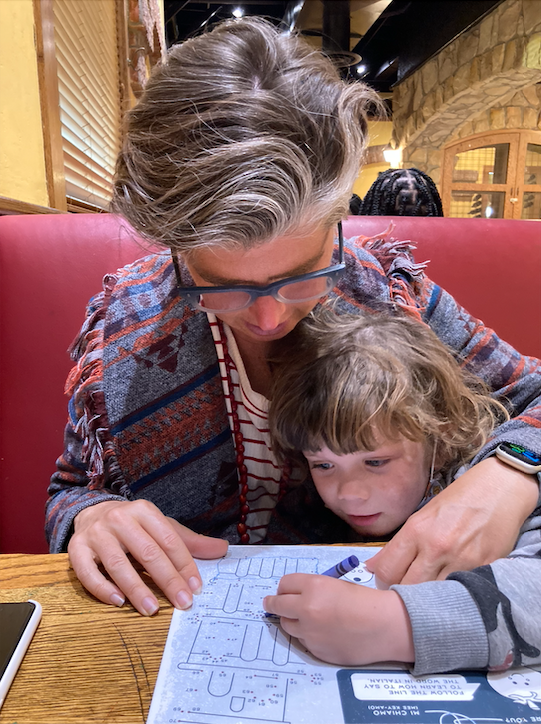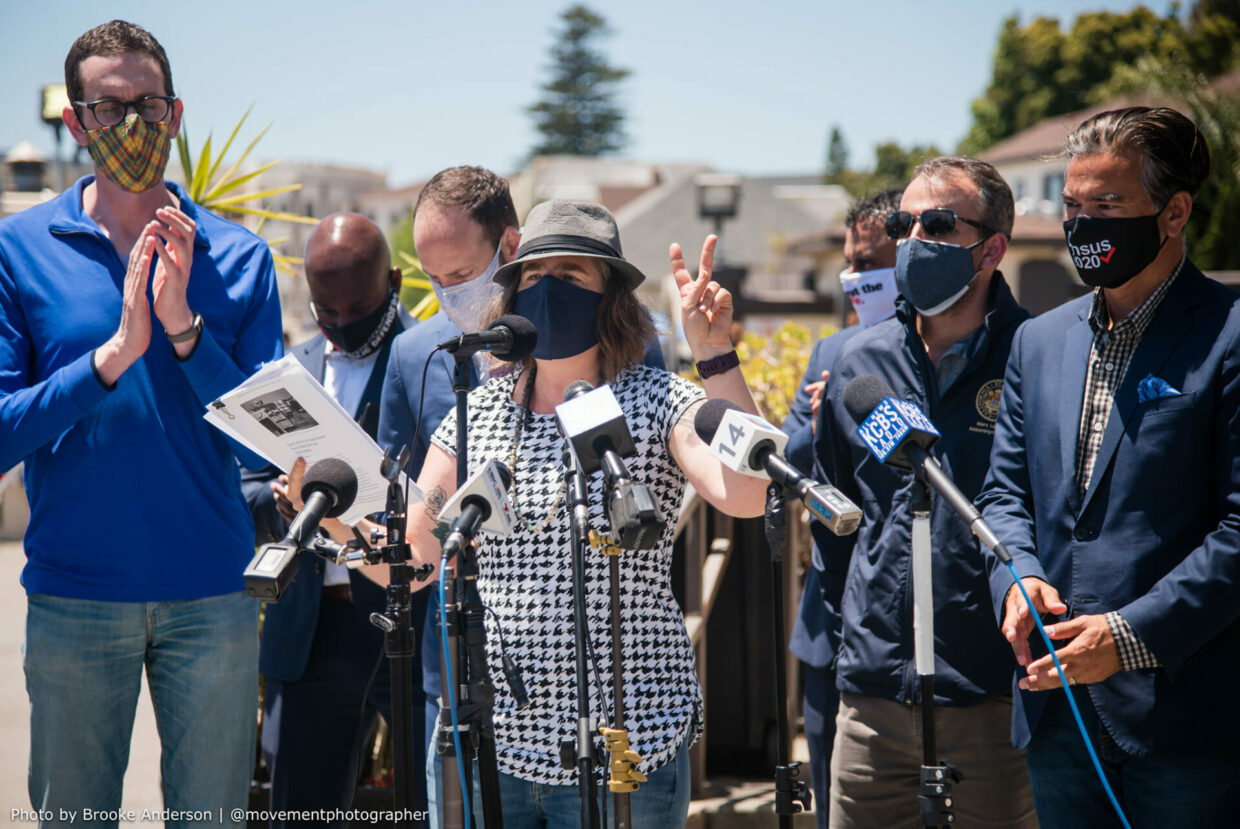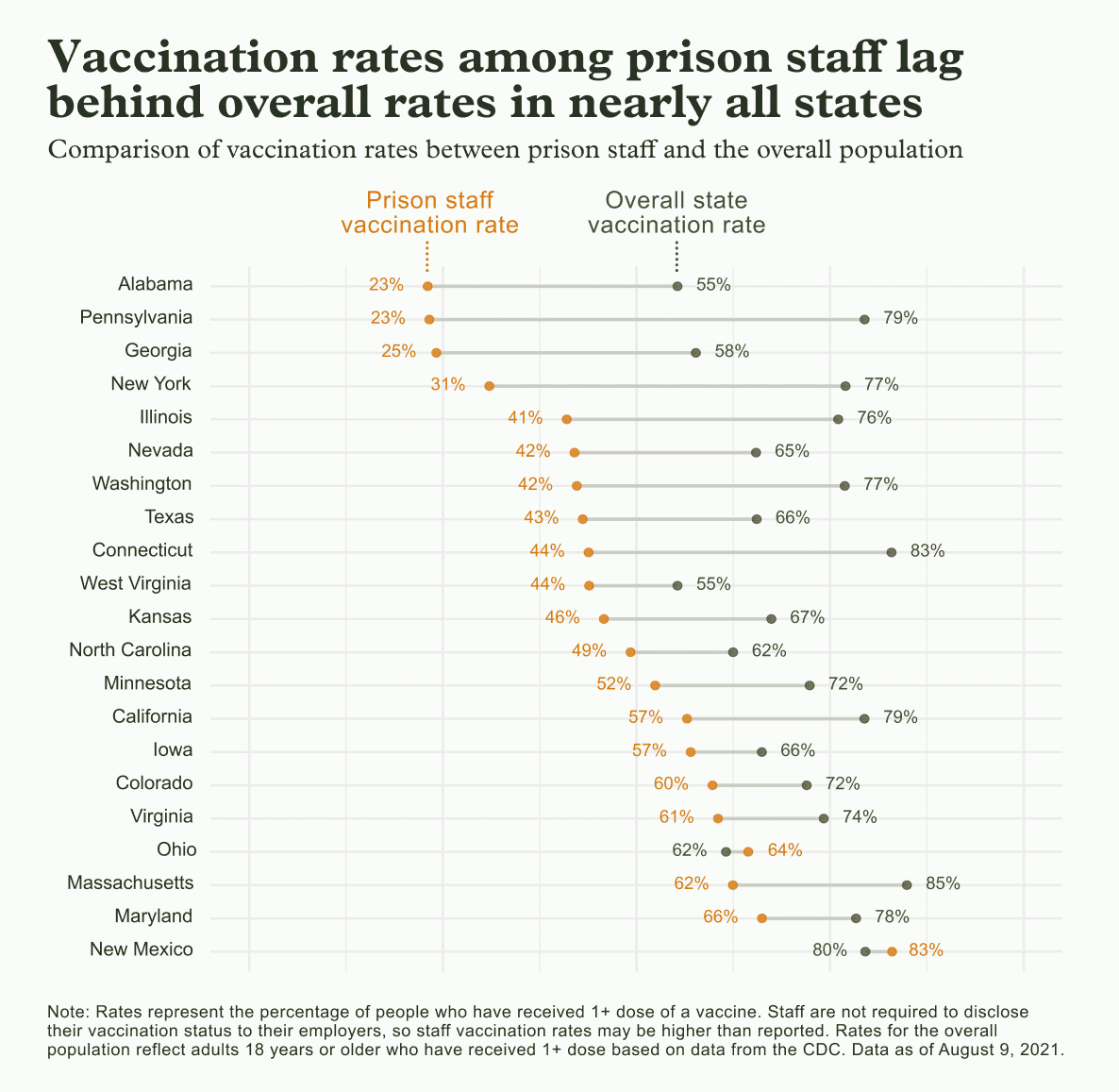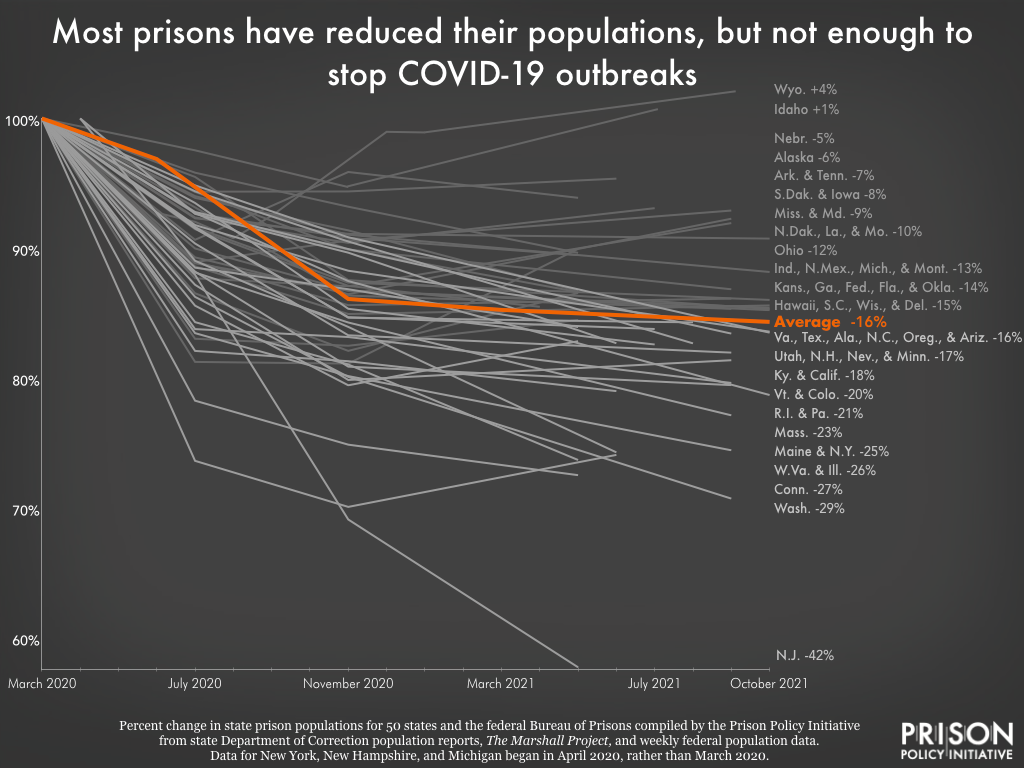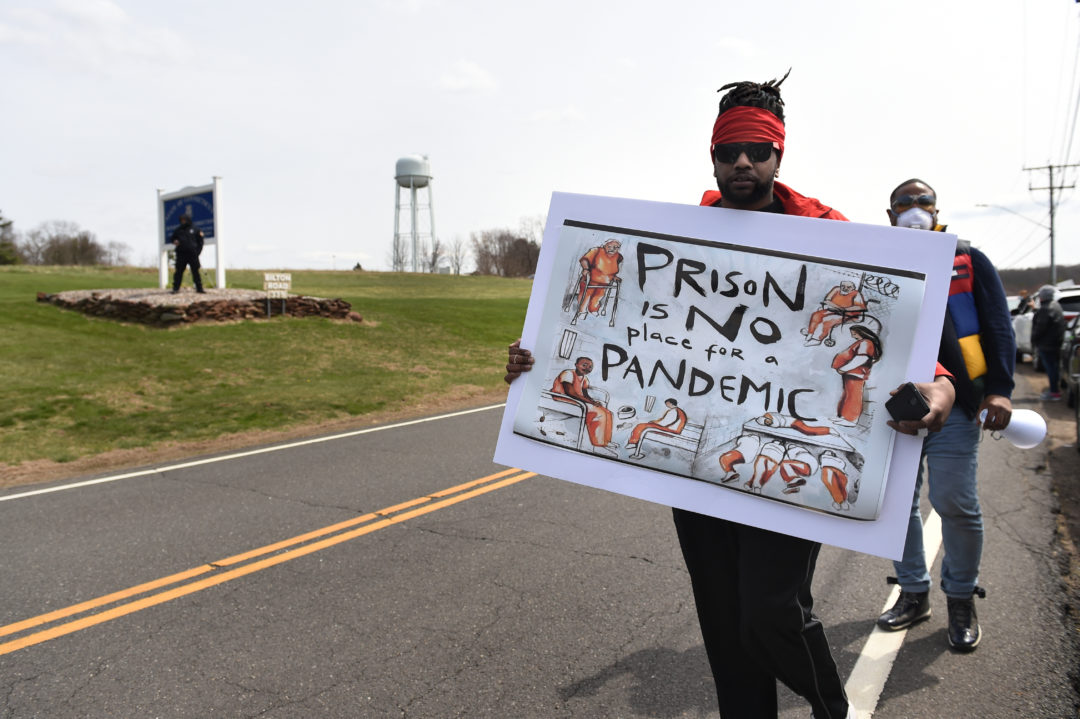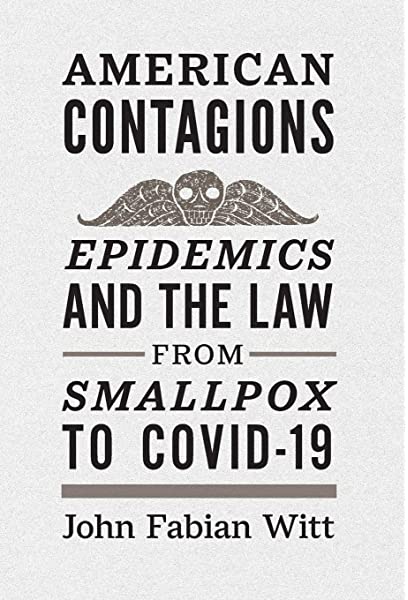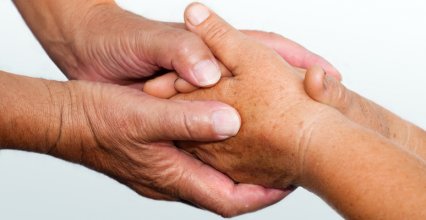What happened on Monday?
On Monday, Israel’s Knesset approved a basic law that prohibits judicial review of administrative and executive actions on the basis of “extreme unreasonableness.” In anticipation of this legislation, and the general plan to weaken basic democratic protections and civil rights guarantees, hundreds of thousands of Israelis walked, in high-90s temperatures, all the way to Jerusalem to protest. They were met with violent oppression by the police (high pressure hoses, horses trampling them) and some were injured. The protest continues, with millions of people out in the streets on an ongoing basis for the last 28 weeks.
How come I haven’t even heard about this?
Mainstream U.S. reporting on Israel is scant and of low quality, and most of what you hear would suggest that Netanyahu enjoys consensus and that all Israelis are in favor of this. The opposite is true–even people who voted right-wing are opposed to this governmental overhaul, and people have been in the streets nonstop for years now, and almost daily since this government assumed power.
Why are all these people so worried?
They know this is merely the opening shot in this government’s battle to weaken democratic protections. The planned judicial overhaul would also politicize judicial elections; undermine judicial tenure and independence; make governmental legal advisors into, essentially, personal assistants to their ministers; etc. This basic law is there to help usher in the rest of these reforms, as well as other outrageous legislation that is already in the pipeline. As Internal Security Minister, terrorist, and convicted criminal Itamar Ben Gvir tweeted on Monday, “the salad bar is open.”
Wait, back up for a minute. What is a basic law?
Israel does not have a written constitution. In the 1950s, efforts to establish one failed due to the irreconcilable differences between religious and secular legislators. A compromise was reached, according to which the Knesset would, from time to time, enact “basic laws” with an enhanced majority. In the 1990s, the Supreme Court awarded these laws a special, quasi-constitutional status, allowing the judiciary to strike down regular laws that contradicted basic laws. All laws that violate or undermine a principle in a basic law must entail minimal injury and be legislated “for an appropriate purpose.”
So what’s up with this “extreme unreasonableness” basic law?
Because Israel does not have the level of democratic control–through checks and balances, or through the constitutional review structures in places like the US–that other countries have, its courts could strike down executive decisions and actions that appear to be purely malicious or don’t make any sense. Now that this amendment is in the books, and enshrined as a basic law, supposedly any government action will be immune to judicial review provided that it is done under proper authority. For example, if a government minister chooses to uproot a Palestinian village, require all women in the office to dress a certain way and earn a quarter of what men earn, award jobs to unqualified people based on whims, etc., courts would not be able to do anything as long as the minister acts within their authority
Why would Netanyahu ram this amendment through? Does he not care at all about what the public wants?
Not even a little bit.
What does this government care about?
Israel has a coalition-based governance, which means that governments are put together out of various political parties that have different, and sometimes contradictory, values and interests, but they all benefit from being in power. In this particular case, what they all have in common is that they don’t care at all about the democratic culture of the country or its citizens (and certainly not the Palestinians.) Netanyahu chose this adventure for a simple reason: he is facing multiple charges of corruption. The offenses are serious and there’s plenty of evidence, and he could be serving years, or even decades, in prison. He will do anything and sell out to anyone to avoid that. These amendments will provide loopholes for him to escape criminal accountability. His partners, to whom he has sold out, are an assortment of convicted criminals (Arye Der’i, bribery; Itamar Ben-Gvir, terrorism); known homophobes (Smotrich, organizer of the Pride counterprotest “the beast march”); and theocracy-bound bureaucrats taking orders from the religious think-tank Kohelet Policy Forum (Yariv Levin, Simha Rothman.) What they want is a theocracy, consisting of Jewish supremacy; an annexation of the West Bank and elimination of any hope or reality of Palestinian independence; the denial of rights to Israel’s Arab citizens and other non-Jews; taking away rights from women and unconventional families; and shifting mountains of money from the tax-paying, military-service-performing secular people to the Ultra-Orthodox, who neither serve nor work or pay taxes.
How do we know that’s what they want?
They have been open about it since day one. Folks like Ben Gvir and Smotrich came into power explicitly to annex the West Bank, obliterate any hope of Palestinian independence, and grind to dust any hope of upward mobility for Arab Israeli citizens. All you need to do is look at the list of laws presented to the Knesset for approval yesterday, the day after they stripped judicial review: a law requiring compensation for “Torah students” to match that of people serving in the army, sometimes at great risk and sacrifice; a law that ministers or legislators suspected of criminal activity can only be removed from office by the coalition’s agreement, not through judicial review; new criminal penalties–three years in prison to anyone blocking roads (i.e., the nonviolent protesters); extensions to the criminal immunity of parliament members; affirmative defenses for rabbis publishing their opinions in religious pamphlets (including incitement to racism, murder, etc.); recognizing rabbinical certificates as the equivalent of academic degrees for all public jobs. And that’s just yesterday. This will not be a democracy for long.
Was Israel ever a democracy, you colonialist monsters?
The occupation of Palestine, whose tragic roots date back to 1948 and arguably, before that, to the British Mandate, is indeed an ugly and horrifying aspect that is inexorable from the rest of this mess. It is arguably the root of much of the problem, and inhumane policies and practices have been a fact of life in Palestinian territories since they were conquered in the Six-Day War in 1967. Many people live in horrid conditions, under a military regime that controls even minute aspects of their lives and accords these lives little to no value. At the same time, all Israeli governments, right and left alike, have allowed Jewish settlers to occupy and expand these territories, and often given them free rein in acts of agricultural vandalism, sabotage, and horrific violence against Palestinians with no consequences. Courts have offered precious little protection to Palestinians in these matters.
So why would Palestinians even care about judicial overhaul?
Even though the situation in Palestine has always been dire, any person who believes things cannot be worse is seriously deluded. With the de-facto elimination of Judicial review, people like Ben-Gvir and Smotrich can run unchecked and unfettered in Palestine. Since their explicit goal is to burn down Palestinian villages–and they’ve been acting on it–you can expect worse. At the same time, it’s understandable that people who have been through so much are cynical about the protest and not participating as the Jewish protesters would hope.
Isn’t there any merit to the claim that this government is trying to disempower the old, oppressive Ashkenazi elites and bring about more equality?
No, this is a cynical ploy that persuades people who have been neglected and kept in ignorance by Netanyahu et al.–the epitome of an oppressive Ashkenazi elite–so that they can be duped into supporting this nonsense. It is true that long-festering resentments have lingered since the 1950s, when immigrants from North Africa and Arab countries were treated condescendingly and appallingly by the local Ashkenazi authorities and residents. Ethnic tensions still exist. But many, many talented, hardworking people who came from nothing are utterly disgusted with the effort to make ethnic tension into a cudgel to foment hatred and schadenfreude and have spoken out publicly about this farce.
Is there nothing that can be done to change course?
Some of the more effective pressure has already been deployed: reservist pilots, military intelligence chiefs, and cyber unit specialists have withdrawn their commitment to volunteer for military service. This has considerably weakened Israel’s security situation and it’s not unlikely that the army is unfit to protect the country at this point. Iranian leadership, who now has nuclear weaponry that can reach Israel, won’t even have to use it. Yoav Galant, the security minister, has announced that, with these retreats, we must pause and reverse course before it’s too late. Similarly, the shekel is in free fall, investors are pulling out of tech companies, and bright minds are fleeing the country on the daily. Both of these things should have given anyone with an iota of public concern some pause (when you think about it, Israel’s survival in the Middle East is largely thanks to a few hundred pilots, some cyber defense systems, and robust scientific invention) but these government ministers are ruthless, unprincipled, and out for whatever they can get, and Netanyahu himself could not care less as long as it keeps his own ass out of the slammer.
Can the U.S. do something?
Emphatically, yes. The U.S. government generously and without asking any questions supports Israel with massive funds (these are sort of a reverse subsidy to American contractors, because the money purchases American weaponry and military equipment.) President Biden’s message to Netanyahu was an opening shot in this direction, and he can and should make it clear that the support is not unwavering or unconditional. Ben Gvir seems to think this is a bluff. Biden can call his bluff.
What can we do?
For heaven’s sake, speak out. It is inconceivable that the only U.S. Jewish voices heard on this topic come from nutty right-wingers or namby-pamby lefties mumbling DEI platitudes. If you don’t like fascism and want Biden to stop funding it, for heaven’s sake, pressure your rabbi, your Jewish organization, your nonprofit, your company, AIPAC, to say something.
I don’t want to seem antisemitic or offend anyone.
You know what’s worse than “seeming antisemitic” or “saying something offensive?” actually ushering in bigotry, discrimination, hatred, and animosity toward Israeli Americans and Jewish Americans by lending credibility to the government that has taken Israel hostage. The more Israel devolves into a decrepit, impoverished backward, theocratic, violent cesspool, the more credibility the bigots will have and the more difficult it will be for Israeli or Jewish people, businesses, and organizations to defend themselves against these noxious phenomena. It is your patriotic duty to both Israel and the U.S. to speak out.




